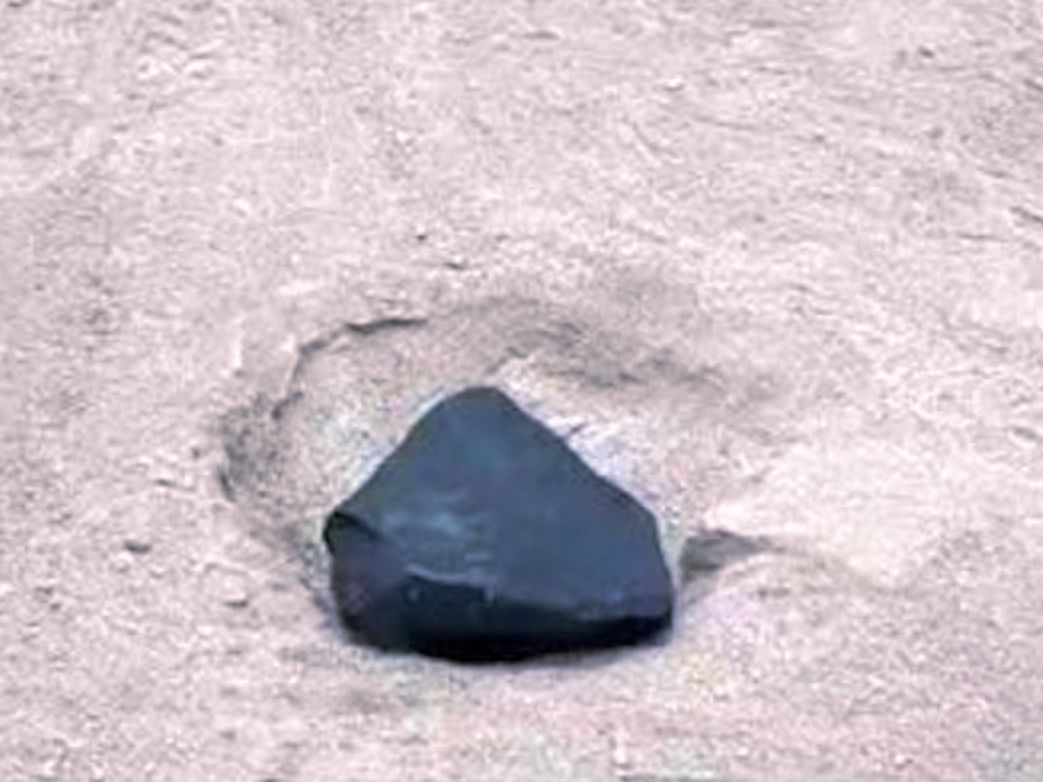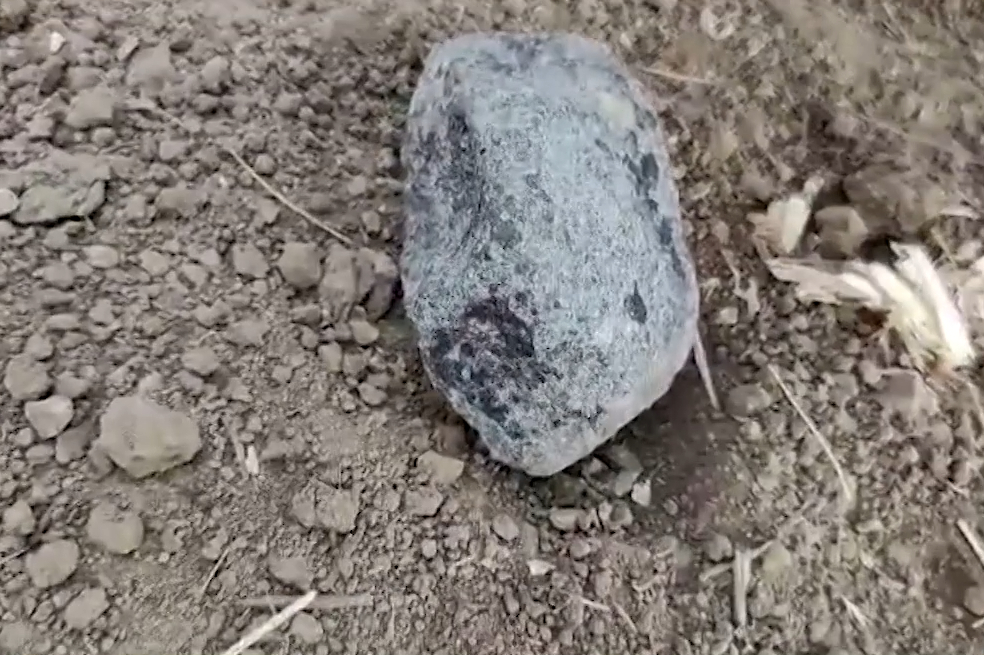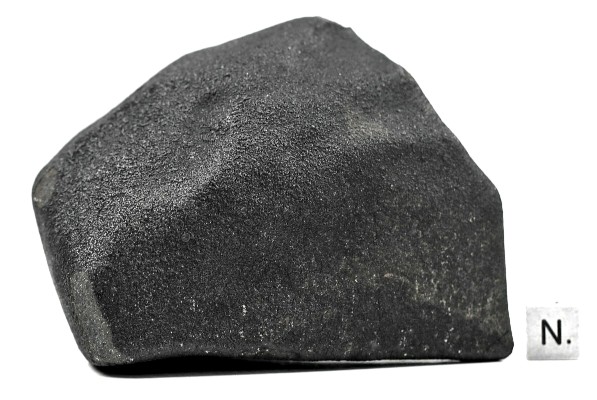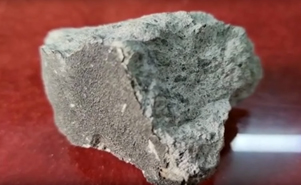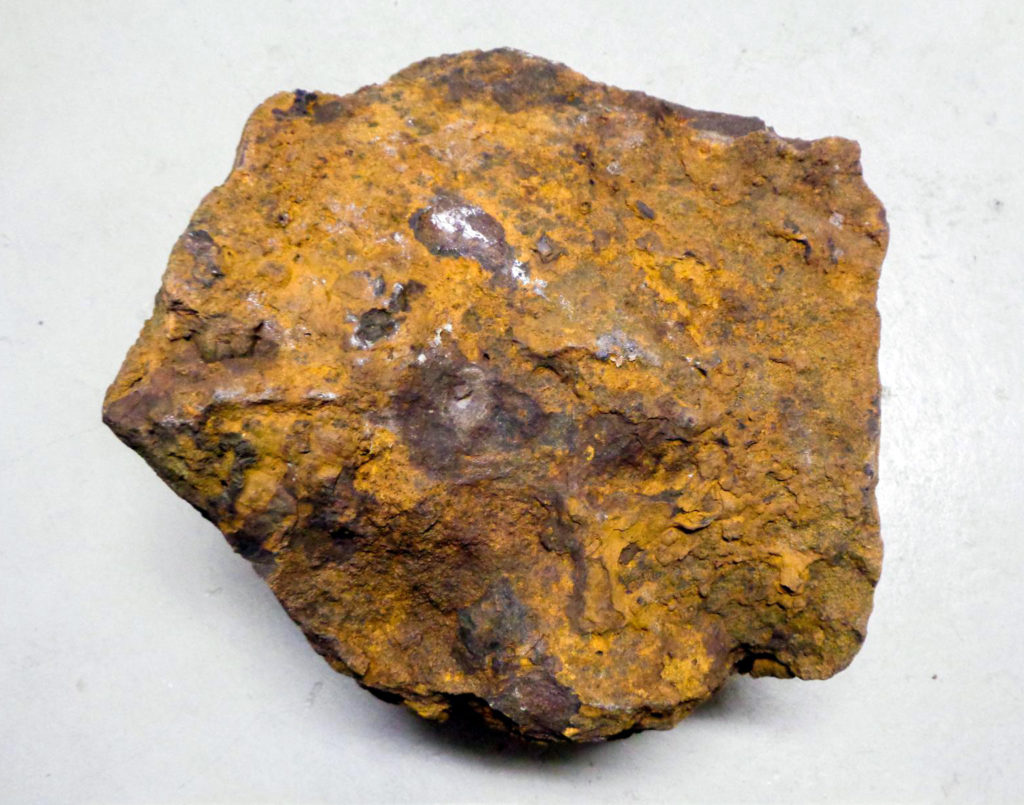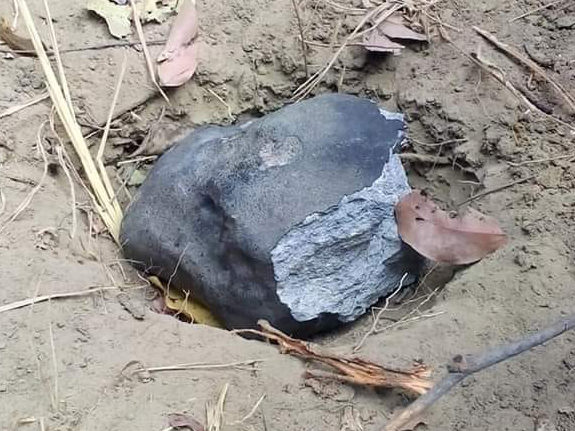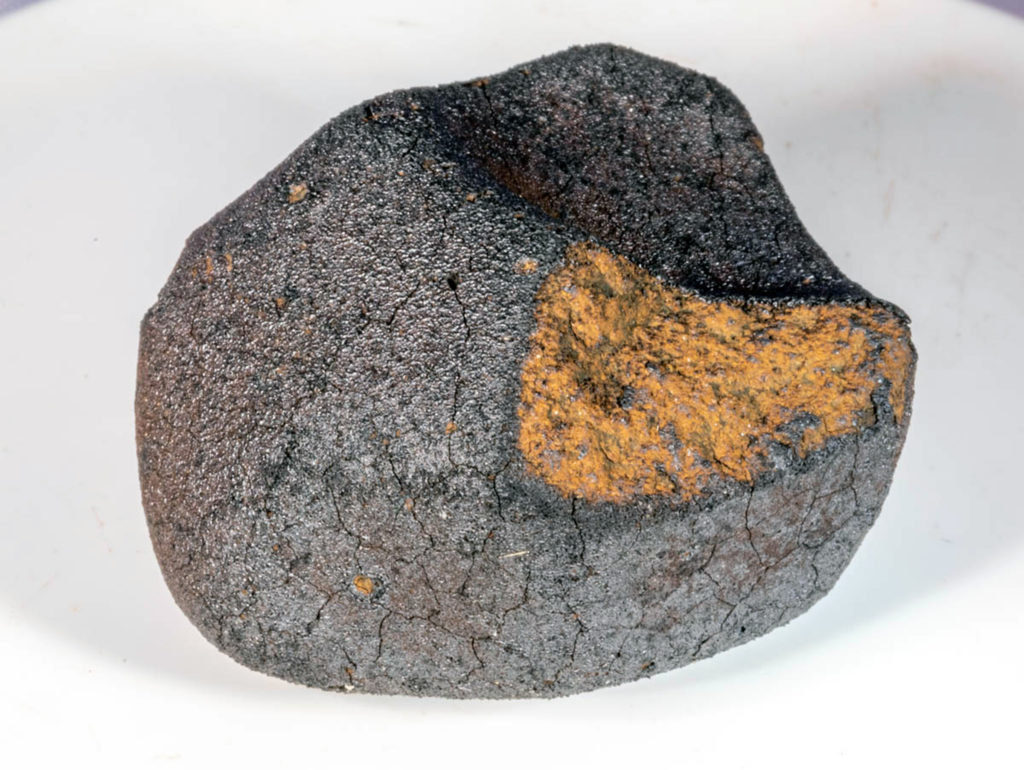Chiroptical activity of hydroxycarboxylic acids with implications for the origin of biological homochiralityOPEN ACCESS
Jana Bocková, Nykola C. Jones, Uwe J. Meierhenrich, Søren V. Hoffmann & Cornelia Meinert Communications Chemistry, Volume 4, Article number: 86 (2021) LINK (OPEN ACCESS)PDF (OPEN ACCESS) “Circularly polarised light (CPL) interacting with interstellar organic…
The Detection of Aromatic Amino Acids in CR Chondrites Suggests They are Prebiotically Plausible
Burton A. S., Berger E. L., Fox A. C., Lee C. 52nd Lunar and Planetary Science Conference (2021), Abstract #1475 PDF “Aromatic amino acids are hard to make in the lab, but their presence as…
Analysis of amino acids, hydroxy acids, and amines in CR chondritesOPEN ACCESS
José C. Aponte, Jamie E. Elsila, Jason E. Hein, Jason P. Dworkin, Daniel P. Glavin, Hannah L. McLain, Eric T. Parker, Timothy Cao, Eve L. Berger, Aaron S. Burton Meteoritics & Planetary ScienceVersion of Record…
Amorphous silicates as a record of solar nebular and parent body processes—A transmission electron microscope study of fine‐grained rims and matrix in three Antarctic CR chondritesOPEN ACCESS
Christian Vollmer, Mandy Pelka, Jan Leitner, Arne Janssen Meteoritics & Planetary ScienceVersion of Record online:22 June 2020 LINK (OPEN ACCESS)PDF (OPEN ACCESS) “Renazzo‐type (CR) carbonaceous chondrites belong to one of the most pristine meteorite groups…
Weak Magnetic Fields in the Outer Solar Nebula Recorded in CR Chondrites
Roger R. Fu, Pauli Kehayias, Benjamin P. Weiss, Devin L. Schrader, Xue‐Ning Bai, Jacob B. Simon JGR PlanetsVolume 125, 5 May 2020 LINK ” – Paleomagnetic measurements of carbonaceous chondrites can provide important constraints on…
Episodic formation of refractory inclusions in the Solar System and their presolar heritageOPEN ACCESS
K.K. Larsen, D. Wielandt, M. Schiller, A.N. Krot, M. Bizzarro Earth and Planetary Science Letters Volume 535, 1 April 2020, 116088 LINK (OPEN ACCESS) PDF (download) “Highlights • Mg isotopes show multiple populations of refractory…
Organics preserved in anhydrous interplanetary dust particles: Pristine or not?OPEN ACCESS
Queenie H. S. Chan, Ian A. Franchi, Xuchao Zhao, Alice Stephant, Ian P. Wright, Conel M. O’D. Alexander Meteoritics & Planetary Science First Published: 19 November 2019 LINK (OPEN ACCESS) PDF (OPEN ACCESS) “The chondritic‐porous…
Earth’s volatile element depletion pattern inherited from a carbonaceous chondrite-like source
Ninja Braukmüller, Frank Wombacher, Claudia Funk & Carsten Münker Nature Geoscience, 1–5 LINK Supplementary information (PDF) “Earth’s volatile element abundances (for example, sulfur, zinc, indium and lead) provide constraints on fundamental processes, such as planetary…
Why is it so difficult to classify Renazzo-type (CR) Carbonaceous Chondrites? – Implications from TEM observations of matrices for the sequences of aqueous alteration
Neyda M. Abreu Geochimica et Cosmochimica Acta In Press, Accepted Manuscript, Available online 1 September 2016 LINK “A number of different classification schemes have been proposed for the CR chondrites; this study aims at reconciling…
The path of reduced nitrogen toward early earth: the cosmic trail and its solar shortcuts
Sandra Pizzarello and Maitrayee Bose The Astrophysical Journal, Volume 814, Number 2 LINK “Large isotopic anomalies are found in meteoritic insoluble organic materials (IOMs) and, for nitrogen, show 15N-excesses up to ${\delta }^{15}$N ~ 5000‰….
Widespread oxidized and hydrated amorphous silicates in CR chondrites matrices: Implications for alteration conditions and H2 degassing of asteroids
Corentin Le Guillou, Hitesh G. Changela, Adrian J. Brearley Earth and Planetary Science Letters available online 3 April 2015 doi:10.1016/j.epsl.2015.02.031 LINK

